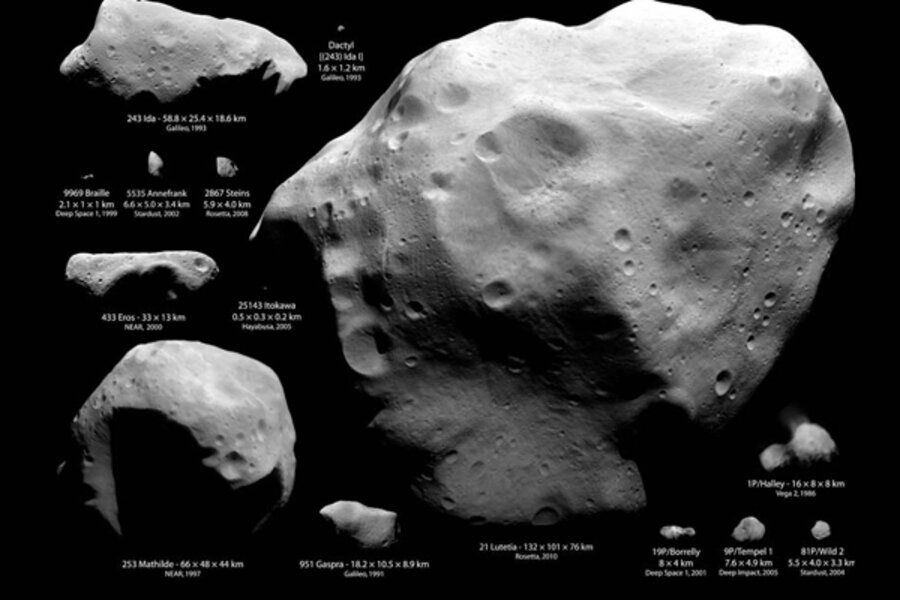Hunt for asteroids near earth way too slow, study says
At the current rate that near-Earth asteroids are being detected, it will take astronomers 15 years to identify every one of significant size and even more than 10 times longer to characterize their materials, a new study suggests.
Astronomers should dramatically ramp up the sky surveys, not only to better prepare for threats to Earth but also to exploit asteroids' contents, scientists say.
These asteroids could be mined one day for valuable metals such as platinum and cobalt, yet at the current rate it will take 190 years to characterize their materials, Charlie Beeson, a doctoral candidate in astronomy at Harvard University, told an audience last month at the 221st annual meeting of the American Astronomical Society in Long Beach, Calif.
Increasing the breadth of existing sky surveys and using an orbiting mission to search for asteroids could speed up the cosmic hunt, Beeson said.
Danger and opportunity
Like the moon, Earth is pockmarked with craters caused by asteroid impacts, suggesting that such strikes happen frighteningly often, Beeson told SPACE.com.
For instance, during the Tunguska event in 1908 in Siberia, up to 80 million trees were wiped out in a mostly uninhabited 830-square-mile area (2,150 square kilometers) by an exploding space rock. The meteorite blast packed up to 1,000 times the power of the Hiroshima bomb, Beeson said.
But asteroids aren't just potential threats to Earth's safety, they are also potential sources of rich veins of platinum, cobalt, zinc, antimony and other valuable metals that might one day be harvested by manned missions. They could even be mined for hydrogen and oxygen for space travelers refueling their rockets, Beeson said. [Deep Space Industries' Asteroid-Mining Vision (Gallery)]
Scientists have estimated that 20,000 asteroids lurk in the solar system, of which only 6,000 have been identified, Beeson said.
Slow process
Beeson and her colleagues looked at the historical rate of asteroid discovery and found that, at the current pace, it will take about 15 years to identify all the asteroids in the solar system that are wider than 100 meters (328 feet).
Most of the missing asteroids are traveling by during the daytime or traveling through a patch of the sky not watched by existing surveys, she found.
To speed discovery, the team should expand the patch of sky observed by two programs, the Mount Lemmon and Catalina sky surveys, she said. To find asteroids that are crossing by Earth only during the day, scientists should prioritize the B612 Sentinel mission, which aims to send a telescope into a Venus-like orbit around the sun, Beeson added.
"Venus travels quite a bit faster, so it would scan the sky a lot quicker."
Follow Space.com on Twitter @SPACEdotcom. We're also on Facebook & Google+.





